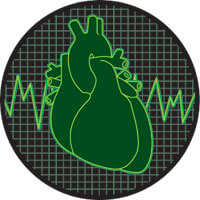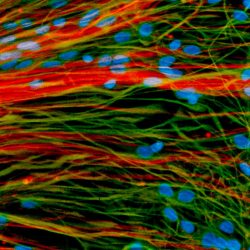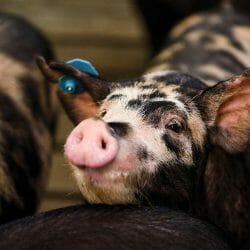Thump-THUMP, Thump-THUMP
The latest UW stem-cell breakthrough creates beating heart muscle.
Just in time for Valentine’s Day, two Wisconsin scientists produced pulsating proof of an advance in stem-cell research.
Jianhua Zhang and Tim Kamp, of the UW-Madison Stem Cell and Regenerative Medicine Center, showed that pluripotent stem cells (iPS), made from skin cells, could be induced to grow into working heart-muscle cells.
The finding helps sidestep the moral debate over using stem cells made from human embryos. These iPS cells begin their scientific odyssey as skin cells, are genetically reprogrammed back to their original state, and then are transformed again into heart cells. The achievement heralds a day when scientists can mend broken hearts by growing repair cells from skin.
Kamp, who treats heart failure patients as a UW Health cardiologist, sees the real-life need firsthand. “If we have a heart-failure patient who is in dire straits — and there are never enough donor hearts for transplantation — we may be able to make heart cells from the patient’s skin cells, and use them to repair heart muscle,” he says. “That’s pretty exciting.”
That day isn’t quite here, as researchers continue to explore ways to reprogram the cells without using potentially harmful viruses. But the accelerating rate of stem-cell discoveries offers hope. Seventeen years passed from the creation of mouse embryonic stem cells to 1998, when UW researcher Jamie Thomson created the first human embryonic stem cells. In contrast, the first mouse iPS stem cells were created in 2006, and Thomson and UW scientist Junying Yu announced in November 2007 they had created human iPS stem cells. A year later, UW researcher Clive Svendsen turned iPS cells made from a patient’s skin into motor neurons. Two months later came the Kamp team’s success in turning iPS cells into heart-muscle cells.
Published in the Summer 2009 issue



Comments
No comments posted yet.